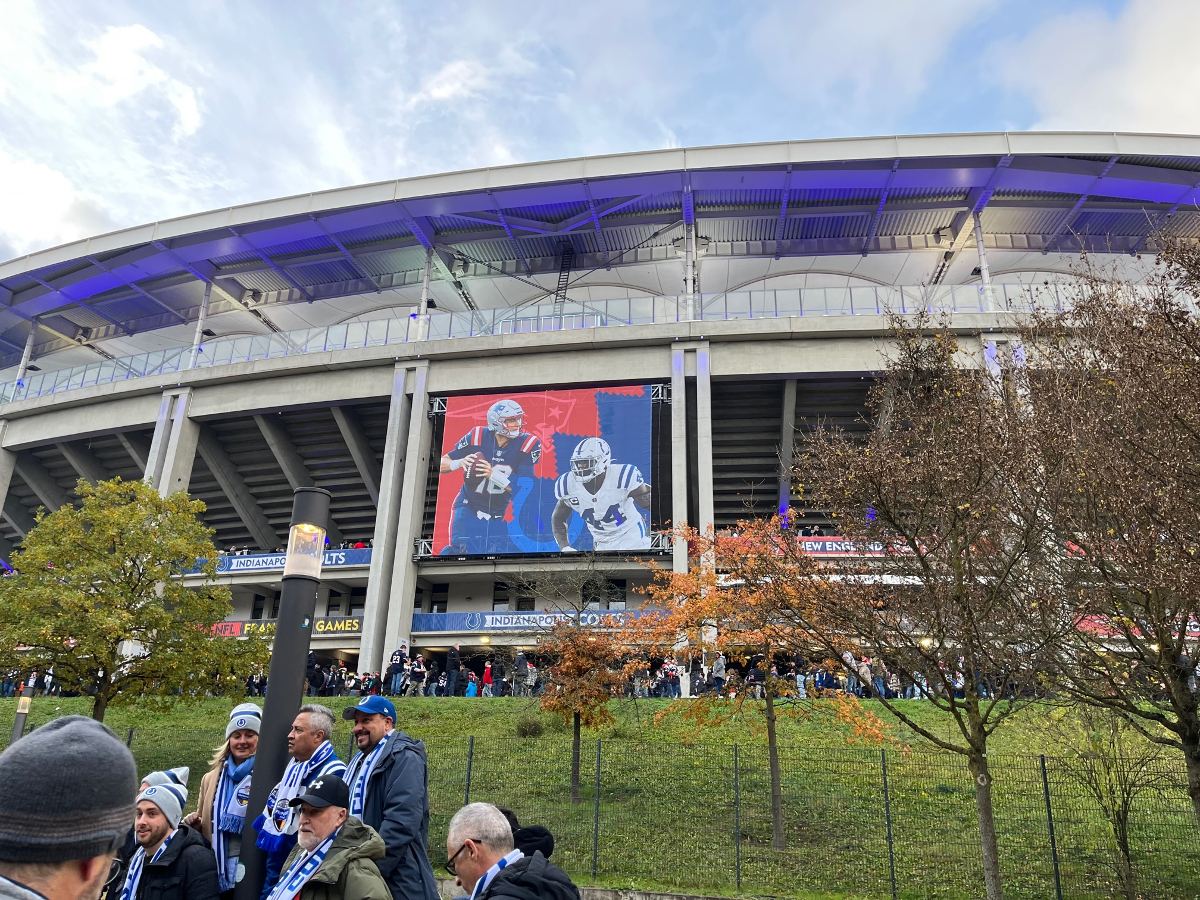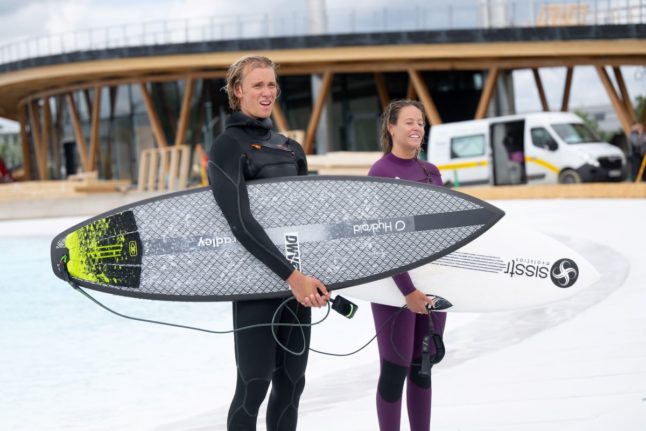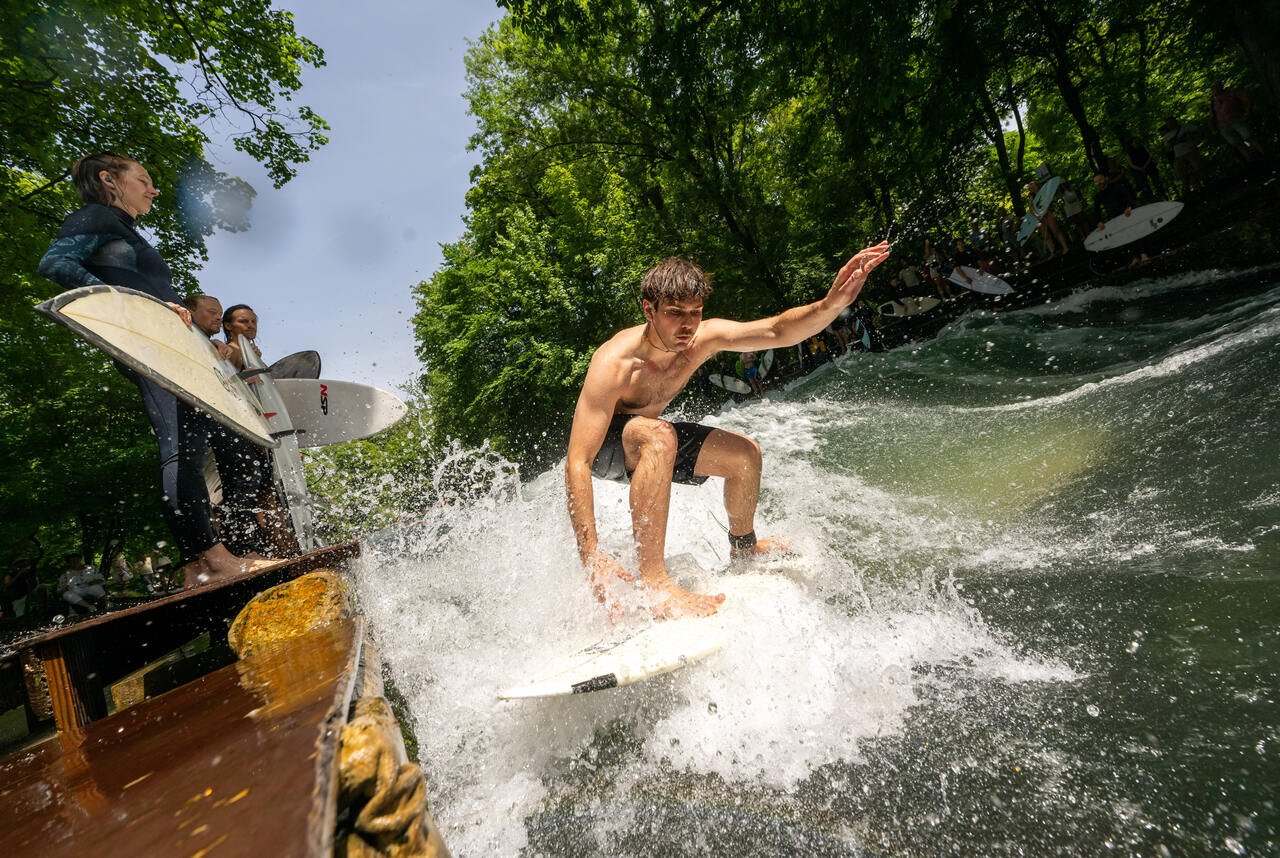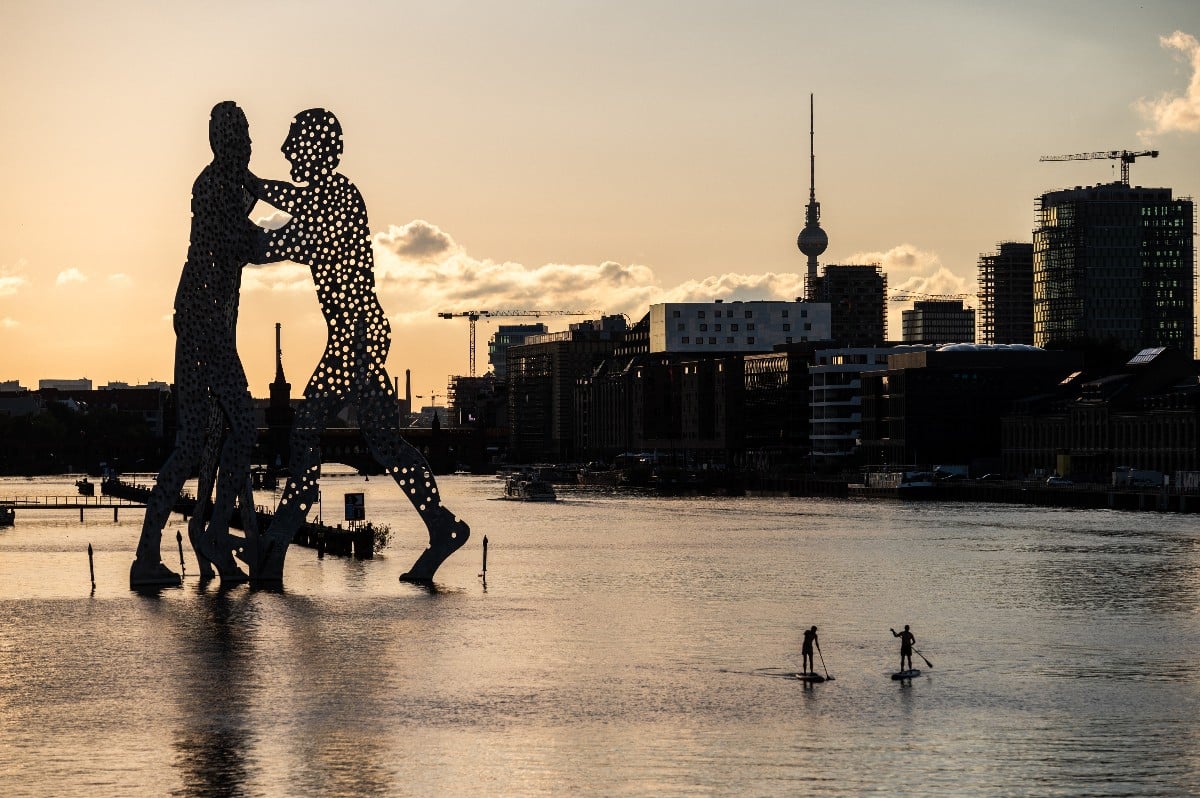On a cold and bright Sunday in Frankfurt, tens of thousands of people donned blue and white shirts and scarves for a football match with a difference.
They were heading to Eintracht Frankfurt’s Deutsche Bank Park for a coveted seat at the second of the National Football League’s (NFL) Frankfurt Games series.
The Indianapolis Colts beat the New England Patriots 10-6 in a nailbiting game that had sold out months earlier in just a few minutes.
Thousands of fans travelled from the States to see their team play, while American football enthusiasts from all over Germany flocked to Frankfurt.
READ ALSO: How American football is taking over Frankfurt
Daniel Pflaum, 29, from Munich, is a New York Giants fan but was supporting the New England Patriots.
“I love to see the NFL,” he said. “I also went to some college games in the US. It’s amazing how it’s turned out, that they (the NFL) came here to Germany. Usually there’s no chance that the NFL would come here.”
Jeff Martinez, 40, from New Jersey, said he organised a trip with his two friends to see the game “on foreign soil”.
The lifelong Colts fan said: “I love the energy that came from those who travelled, from those expats that live here and the German citizens who’re excited about American football.”
At the game, fans sang along to songs including Country Roads and Don’t Stop Believin’. They stood up to hear both the American and German national anthems as the flags of the two countries were rolled out on the pitch before kick-off.

American fans remarked that the atmosphere was livelier than NFL games in the States.
Martinez said he was surprised to see how packed the stadium was.
“For a regular season game it was fuller than normal,” he said. “Most stadiums are 70 percent full unless it’s a big rivalry. To see a full stadium full of energy, it makes it feel like you’re in the playoffs during the regular season.”
The match was part of the NFL’s growth into foreign markets.
On November 6th, the Kansas City Chiefs won 21-14 against the Miami Dolphins in front of another sold-out crowd at Frankfurt. Last November, the Tampa Bay Buccaneers faced the Seattle Seahawks at Munich’s Allianz Arena.
’18 million fans’
There’s a huge demand for the NFL in Germany.
“Germany is one of our four international key markets,” Dr Alexander Steinforth, general manager of the NFL in Germany, told The Local.
Steinforth said from carrying out regular surveys, the NFL estimates they have “around 18 million fans in Germany, and 3.6 (million) of those are avid fans”.
He added: “That’s probably reflective of how big our fan base is in a country that has 82 million people living here.”
Some have speculated that football’s popularity in Germany is down to various factors, including the social aspect of the game and the influence of American culture. There have also been a growing number of NFL players, such as Jakob Johnson, with ties to Germany, plus sport in general is a huge part of German culture.
Having the NFL in Germany is also a boost to the local economy.
Restaurants, bars and hotels in Frankfurt city centre were packed out at the weekend, catering to fans from all over.
“I love Frankfurt, the energy is amazing, the food is phenomenal,” said Martinez. “The nightlife has been pretty cool. And I found it to be more diverse than I thought it was going to be.”
READ ALSO: ‘A megacity on a smaller scale’: An insiders’ guide to Frankfurt
Steinforth said the boost for German cities was something “really important” for the NFL. “And something we spoke to the cities about when we did the host city selection process,” he added.

The Munich game last November generated around €70 million for the city, said Steinforth. It’s estimated that the two games in Frankfurt will contribute more than €100 million to the local economy.
So will the NFL return to Germany?
There are a couple more games scheduled to be played on German soil in the coming years as part of the current deal.
But Steinforth said fans should expect more in the long-term.
“We see the reaction, we see the positive momentum and the fan base. And so definitely Germany is on the map in future years as well.”






 Please whitelist us to continue reading.
Please whitelist us to continue reading.
Member comments